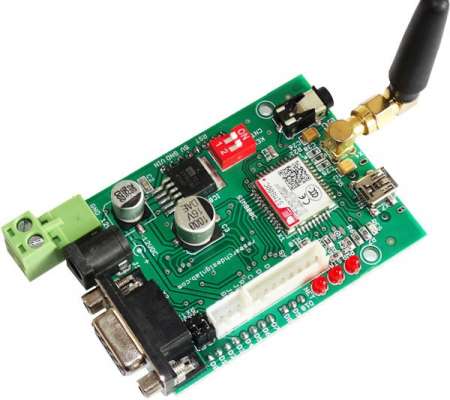GSM
It was made to tell more about the protocols for second-generation (2G) digital cellular networks used by mobile phones and which now is the default global standard for mobile communications – with over 90%

GSM Architecture
A Mobile Station: A mobile phone which comprises of the transceiver, the display and the processor and is controlled by a SIM card functioning over the network.
Base Station Subsystem: It works as an interface between the mobile station and the network system. It comprises of the Base Transceiver Station which consists of the radio transceivers and handles the protocols for communication with mobiles.
Network Subsystem: It renders the basic network connection to the mobile stations. The basic part of the Network Subsystem is the Mobile Service Switching Centre which provides access to various networks like ISDN, PSTN etc. It also comprises of the Home Location Register and the Visitor Location Register which renders the call routing and roaming capabilities of GSM. It also contains the Equipment Identity Register which maintains an account of all the mobile equipment wherein each mobile is identified by its IMEI number.
Working of GSM Module:
From the given circuit, a GSM modem duly interfaced to the MC via the level shifter IC Max232. The SIM card mounted GSM modem on receiving digit command by SMS from any cell phone dispatches that data to the MC through serial communication. While the program is implemented, the GSM modem receives command ‘STOP’ to develop an output at the MC, the contact points are used to undo the ignition switch. The whole operation is telecasted over 16×2 LCD Display.
Features of GSM Module:
- Better spectrum efficiency
- International roaming
- Compatible with integrated services digital network (ISDN)
- Support for new services.
- SIM phonebook management
- Fixed dialling number (FDN)
- Real-time clock with alarm management
- High-quality speech
- Encryption to make phone calls secure
- Short message service (SMS)
The security strategies standardized for the GSM system make it the most trusted and secure telecommunications standard currently available. Though the confidentiality of a call and secrecy of the GSM subscriber is just made certain on the radio channel, this is a drastic step in achieving end-to-end reliable security.
